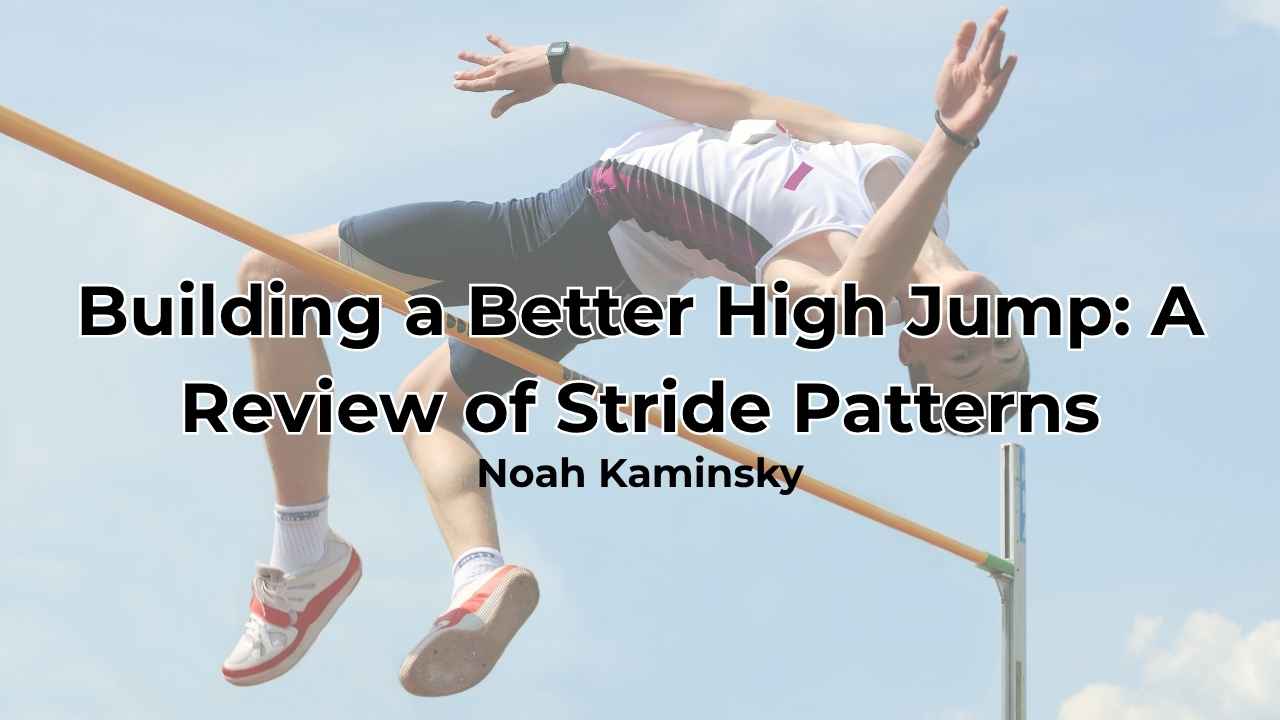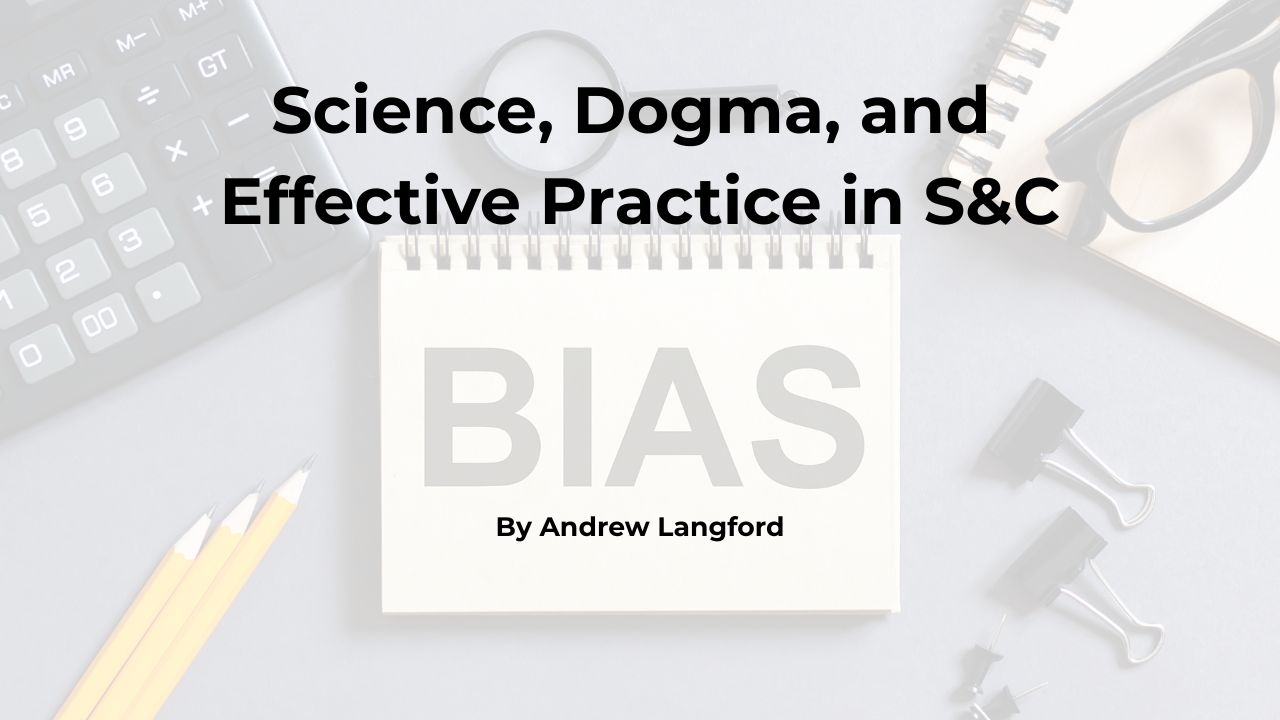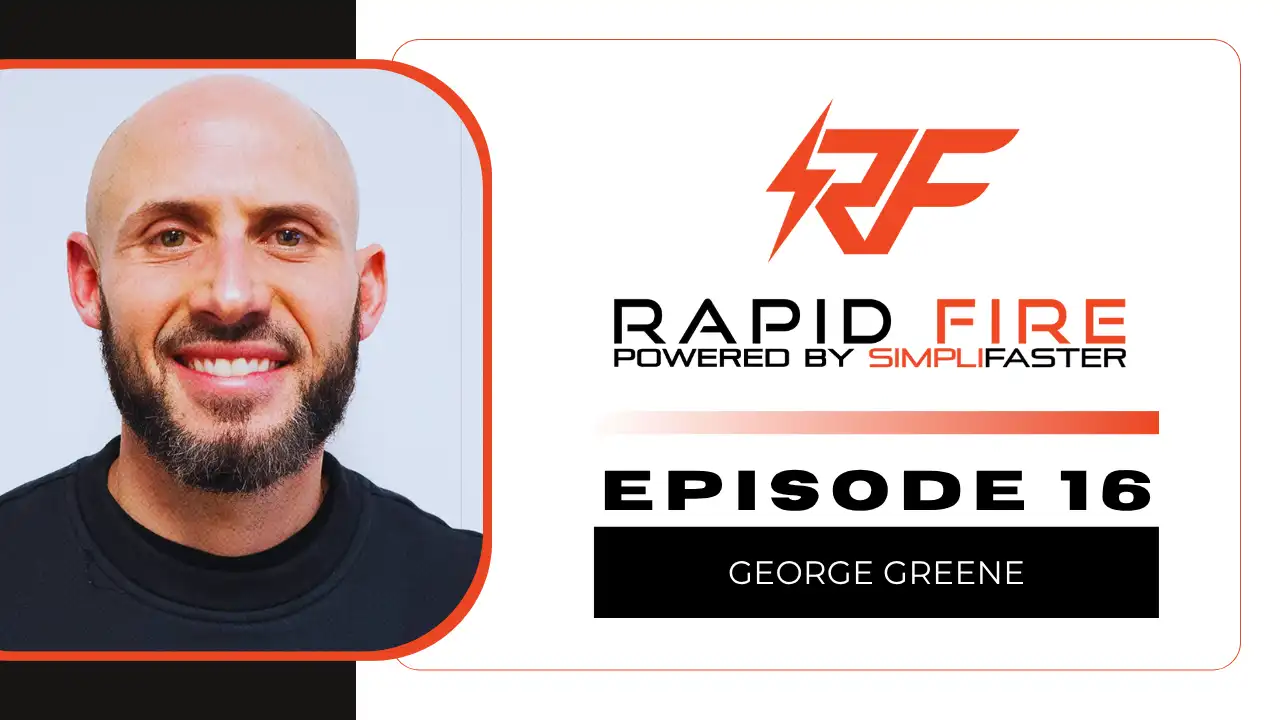[mashshare]
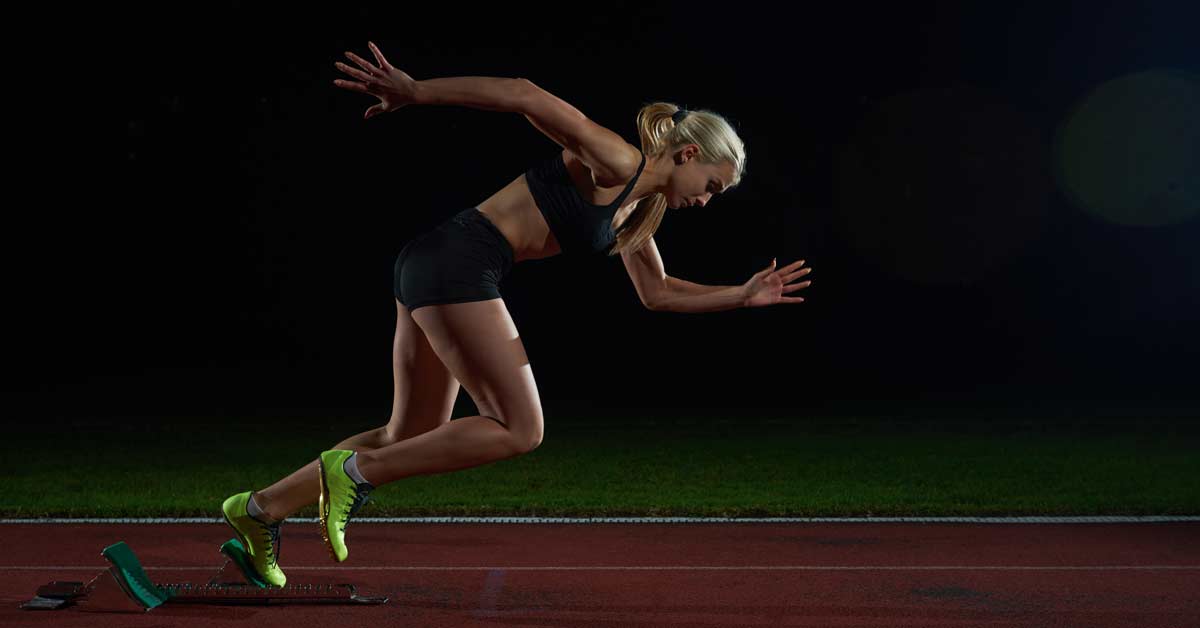
Perhaps the “safest” answer to the question of what contributes most to getting a sprinter to the finish line faster would be to say acceleration, max velocity, and speed endurance are all interconnected. Each makes an essential contribution as a specific point. You can’t get to top speed without accelerating, and you can’t sustain max velocity over multiple 10-meter segments without experiencing a decline in top end speed.
But what if you had to choose just one for the sake of argument? What would that be? And what if the debate then involved the insights of a respected biomechanist vs. the convictions of a highly successful high school track coach? Would their choice be the same?
In his book, Sports Biomechanics: The Basics, professor Anthony Blazevich asks the following question in the opening paragraph of his first chapter: “In a 200 meter race, who would most likely win, the athlete with the fastest acceleration or the athlete with the highest top speed?”
Chemistry teacher and track coach Tony Holler, of Plainfield North, would not hesitate in giving his opinion. However, before we get to that, let’s look at an interesting parallel issue that my SupportForce, Inc. partner, Barry Ross, presented 10 years ago.
A Tale of Two Sisters: Two Approaches to Training for Speed
In the blog post, “A Tale of Two Sisters: Finding Common Ground,” Ross profiled two sisters. He was coaching one of them at the time, and both were successful in their respective track events. Sasha was a short sprinter whose longest competitive race was the 400. Her best effort was a 14.13 in the 100 meter hurdles. Her younger sister, Tara, was a middle-distance runner with a best in the 800 of 2:11. The two had a chance to race head-to-head in the “outlier” race for both of them: the 400.
What would happen? Sasha’s focus in training was on short, high-speed efforts. Younger sister Tara trained for the 800 in a more conventional manner.
Ross compiled ASR (anaerobic speed reserve) data on both girls. Sasha’s 10 meter T1 test was a 1.09, and her top 300 meter T2 time was 40.5. Sasha’s top aerobic speed was 4.44 m/s, her anaerobic speed was 4.26 m/s, and her anaerobic speed reserve was 9.24 m/s.
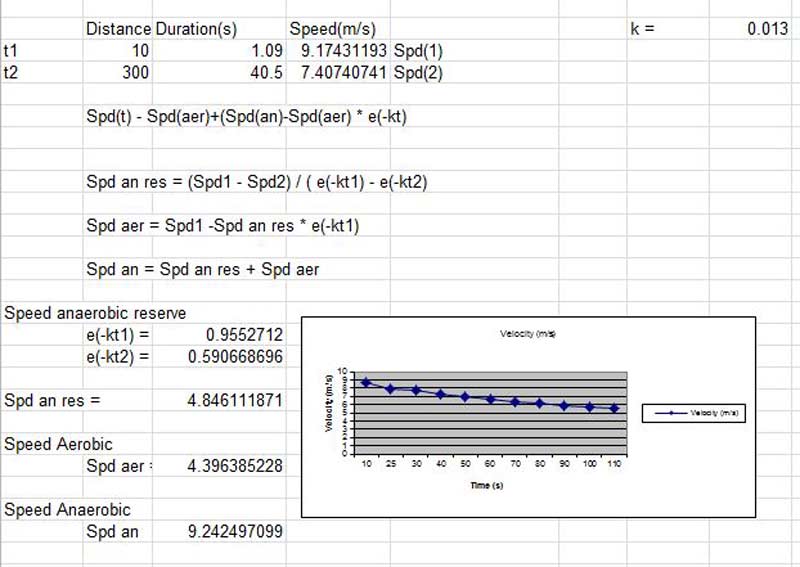
Tara’s T1 10-meter fly was 1.20 and her 300 meter T2 best was 41.5. Her aerobic speed was 5.43 m/s, her anaerobic speed was 2.75 /m/s, and her anaerobic speed reserve was 8.38 m/s.
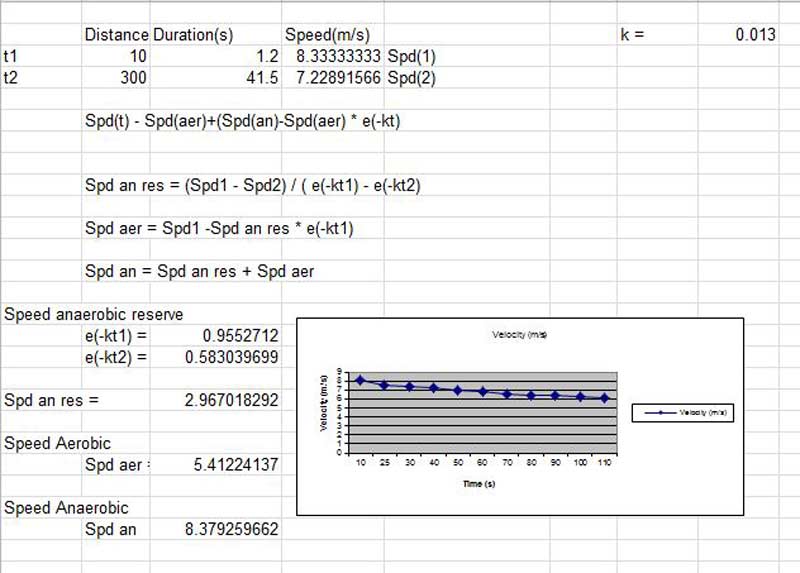
Tara was much slower in terms of anaerobic speed and anaerobic speed reserve, but had nearly a full 1 m/s faster aerobic capacity—not surprising for an 800 runner. From this data alone, you would suspect Tara would have the decided edge in the 400.
However, Ross looked more closely at what he suspected might be a key factor: Sasha’s 1.09 meter fly vs. Tara’s 1.20. Ross felt that her .11 second difference over 10 meters was enormous. For the fly’s 10-meter distance, she ran 10.17 m/s compared to Tara’s 8.3 m/s. Sasha’s 300 speed was 7.41 m/s, while Tara’s was 7.23 m/s. Calculating out to 800 meters, Tara has the advantage: 6.67 m/s compared to Sasha’s 6.14 m/s. But the race was the 400m, which was not the “preferred” event for either girl.
So, how would that head-to-head 400-meter race turn out? The ASR projection had Tara at 57.7 and Sasha at 58.2, but with a 3% margin of error in the algorithm, the results could be closer or farther apart. Ross did have his suspicions. After all, he once ran Alyson Felix head-to-head against the best 800 runner in their conference, and she won by a considerable margin.
An Agreement, Not a Debate
At this point, let’s jump back to Blazevich’s question about acceleration vs. top speed, which is interesting because his charts suggested that top speed was the critical factor. That would not surprise Tony Holler, who has always been adamant about the significance of training his cats to be fast: “Never will a 1.08 sprinter outperform a .98 sprinter if both are healthy. Usain Bolt ran the fastest 10-meter segment in human history: 0.81. Enough said.”
Holler further emphasized the importance of top end speed: “By the way, the 4 x 400 is a sprint relay. Anyone who tells you otherwise is probably a distance coach and doesn’t understand sprinting.”
These comments are worth considering relative to both Blazevich’s opening question, and what might happen when the 800 runner comes down to the 400. Blazevich based his conclusion on collecting data similar to what Ross did with the ASR speed regression algorithm. Blazevich looked at times over 50 meters to chart acceleration. He also looked at times between 50 and 150 meters to assess top speed, and times from 150 to 200 meters to analyze deceleration from fatigue. I used his approach in assessing one of my own sprinters.

So, what were Blazevich’s conclusions, what did I see in my analysis, and what was the answer he asked his readers to determine?
“The greatest improvement in running times are achieved by improving average speed, which is most affected by improvements in maximum running speed.”
After comparing the average speed and total times for running 200 meters, Blazevich explained his position, noting that “improving the maximum speed phase of the race by 3% has a more profound effect on the average speed, and therefore on the total time, than improving any other individual phase.”
Why? Blazevich saw the maximum speed phase being twice as long (100 meters) as the acceleration or deceleration phases (both 50 meters).
Therefore, what we end up with is an agreement and not a debate. The runner who improves average speed the most will run the fastest 200, and they can accomplish this best by improving their maximum running speed. And it appears that this might have some implications even for the 400. Holler’s response: “We get fast all year and then we train to hold our speed for up to 400 meters.”
But what really happened in the “Tale of Two Sisters” running the 400?
Max Speed Is the Key to Track Speed
The race was a photo finish. Tara ran 58.44 and Sasha ran 58.46. Ross chose this particular race because the 400 seemed to be common ground between more aerobic dominant races and more anaerobic dominant races. Both sisters were very competitive athletes, especially against each other.
Tara followed traditional middle-distance training protocols, while Sasha ran significantly shorter distances in training. For example, Sasha’s longest workout training distance was 55 meters. Her average high speed distance was a fly-in 25 meters, and the average number of reps per workout was five.
It is interesting that the ASR algorithm pretty much predicted what happened. And note at what race distance things began to change. You can also look at the last column in the chart to see what it projected Tara’s best time in the 800 might be.

I also found it interesting that the “meeting point” of the two athletes with different ASR profiles was 20 meters short of the 400-meter distance. Note that Sasha had the advantage up to that point. That’s important for those who believe that the “drop dead” type sprinters (100-200) can’t be competitive in the longer sprint race without more classical 400-meter training. It appears that it is very possible to run this race and deliver competitive times without having to resort to longer, intermediate paced workout runs.
Considering the unique nature of this challenge, and just how close the competitors were at the finish, I don’t believe the results dispute Holler’s overarching philosophy:
Max speed is the key to track speed. No other predictor comes close.
Since you’re here…
…we have a small favor to ask. More people are reading SimpliFaster than ever, and each week we bring you compelling content from coaches, sport scientists, and physiotherapists who are devoted to building better athletes. Please take a moment to share the articles on social media, engage the authors with questions and comments below, and link to articles when appropriate if you have a blog or participate on forums of related topics. — SF
[mashshare]
References
- Banta, Ryan J. Sprinter’s Compendium Vervant Publishing, 2017
- Blazevich, Anthony J. Sports Biomechanics: the Basics: Optimising Human Performance. Bloomsbury Publishing, 2013
- Ross, Barry. “A Tale of 2 Sisters: Finding Common Ground.” Bearpowered, 2008, www.bearpowered.com

